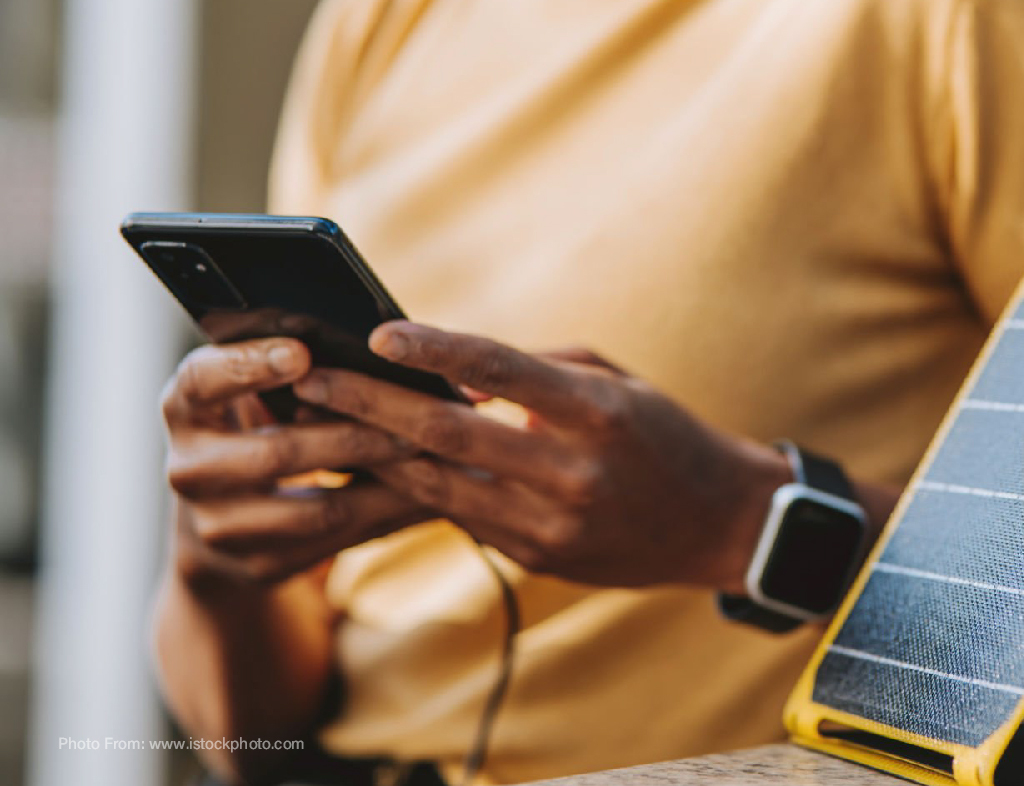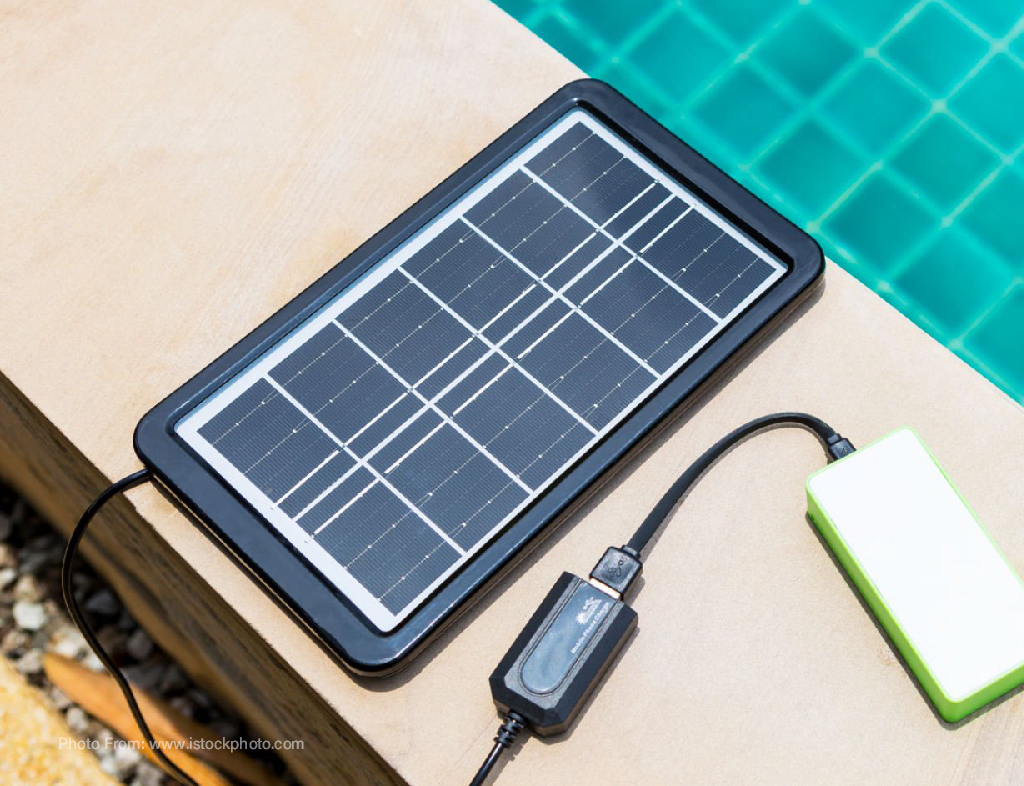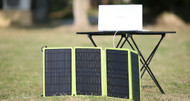STAYING CONNECTED WITHOUT INTERNET: SOLAR-POWERED COMMUNICATION OPTIONS
9th Jul 2025
Staying connected while living or traveling off the grid isn’t just a matter of convenience —it can be critical for safety, coordination, and peace of mind. Whether you're navigating remote backcountry roads, working from an isolated cabin, or preparing for emergency scenarios, having a reliable way to communicate without depending on traditional internet or grid power is essential.

Solar power plays a pivotal role in enabling off-grid communication. With no access to standard electrical outlets, solar energy offers a renewable, self-sufficient solution for charging and operating communication devices. Satellite phones, for example, remain functional even in areas where cell towers are completely out of reach. They connect directly to satellites orbiting the Earth, making them a dependable choice for long-distance calls in wilderness or disaster-prone zones. Similarly, ham radios—long trusted by emergency responders and hobbyists alike—can transmit messages across vast distances and are often powered by compact solar systems.
Signal boosters also provide valuable support in fringe coverage areas. These devices amplify weak cellular signals, improving call clarity and data connectivity when you’re just barely within a cell tower’s range. Powered by solar-charged batteries, they can operate continuously without draining your main power reserves.
In addition to dedicated communication tools, staying connected off-grid often involves charging everyday electronics like smartphones, GPS devices, and even portable Wi-Fi routers. Portable solar kits equipped with foldable panels and battery storage are well-suited for this task. These kits are lightweight, easy to deploy, and capable of charging multiple devices simultaneously. They're especially useful for travelers, campers, or anyone setting up a temporary base in a remote location.
However, it’s important to be realistic about limitations, especially in areas with poor or nonexistent signal. No amount of solar power can overcome the total absence of coverage unless you're using satellite-based systems. Even with signal boosters, terrain and weather conditions can disrupt connectivity. Planning ahead by downloading offline maps, storing emergency contact info locally, and practicing communication protocols can help mitigate these gaps.

Ultimately, a solar-powered communication setup allows off-grid users to maintain essential links to the outside world, even under challenging conditions. By understanding your location’s signal profile and equipping yourself with the right combination of solar-charged tools, you can stay connected when it matters most —without relying on the grid.
